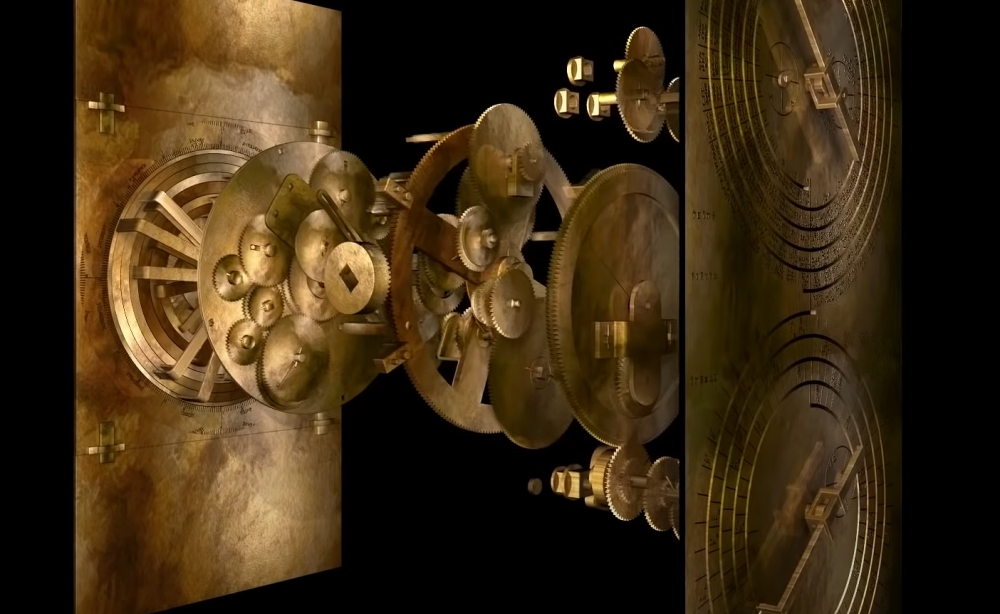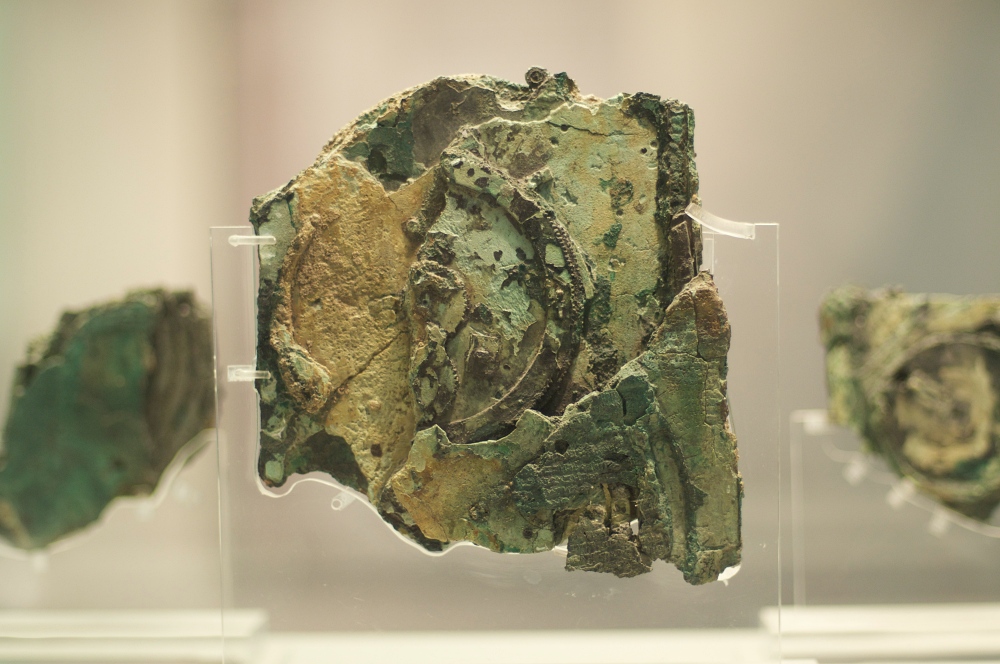In 1901 a group of divers discovered a shipwreck off the coast of Greece near Antikythera. They were searching for natural sponges to harvest, but instead found the remains of an Ancient Greek ship that had carried goods for trade, like art, jewelry, and coins. Inside the ship was also very unusual machine that had been placed in a wooden trunk. This strange device is known today as the Antikythera machine and scientists are still astounded that it even exists. The corroded metal looked like nothing special at first, but a year after the shipwreck was first found researchers noticed gear wheels on it and this sparked interest.

The bronze machine is now believed to have been made around 78 BCE and is an orrery, a device that predicts the alignment of celestial bodies over time. It is also the earliest known example of an analog computer. A series of gears and wheels turned dials with markings that could show the future positions of the moon, the sun, and the planets. Tony Freeth, professor at the University College London, believes that the Ancient Greeks used the machine to test their astronomical theories.
In the 1970s the machine was X-rayed and the results showed that there were far more cogs hidden inside the metal than had previously been thought. Decades later 3D computer imaging showed the instructions for the device inscribed in Ancient Greek on the back of the machine. Since then efforts at rebuilding the machine have grown and a full replica is underway.

An early computer complete with an instruction manual does seem an unlikely object to come from Ancient Greece. But, the secrets of this machine show that there were more technological advances at earlier dates than was previously supposed. Freeth pointed out in an interview the BBC that this was almost certainly not the only machine of this caliber that they had back then. This means that a whole range of devices in use back then “shouldn’t” exist unless we rethink the ancient world.
The 82 remaining fragments of the machine no longer fit together in a functional way, but they are on display in the National Archaeological Museum in Athens, Greece.

You can learn more about this fascinating machine in the video below.
SKM: below-content placeholderWhizzco for DOT

